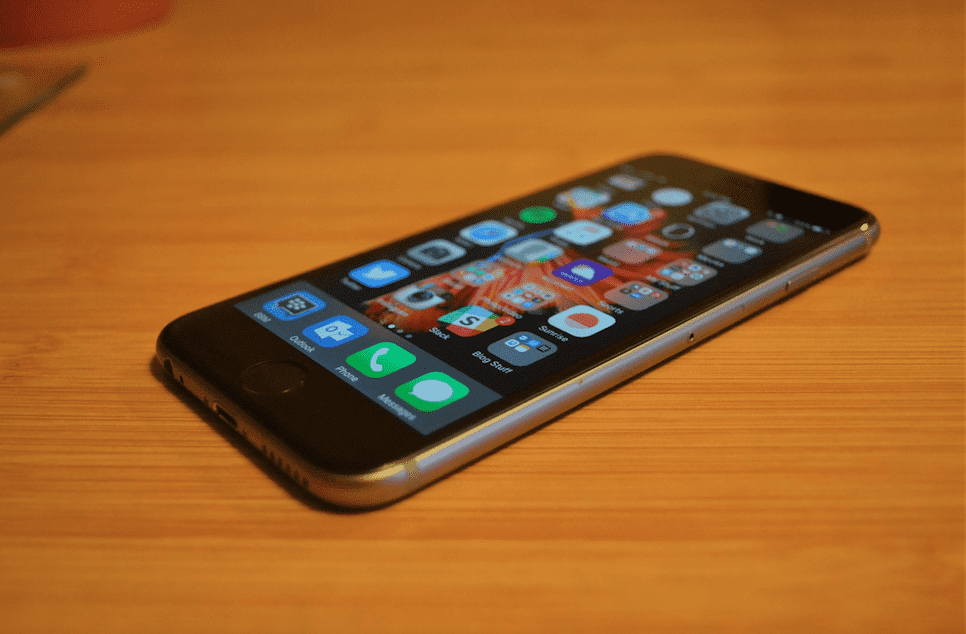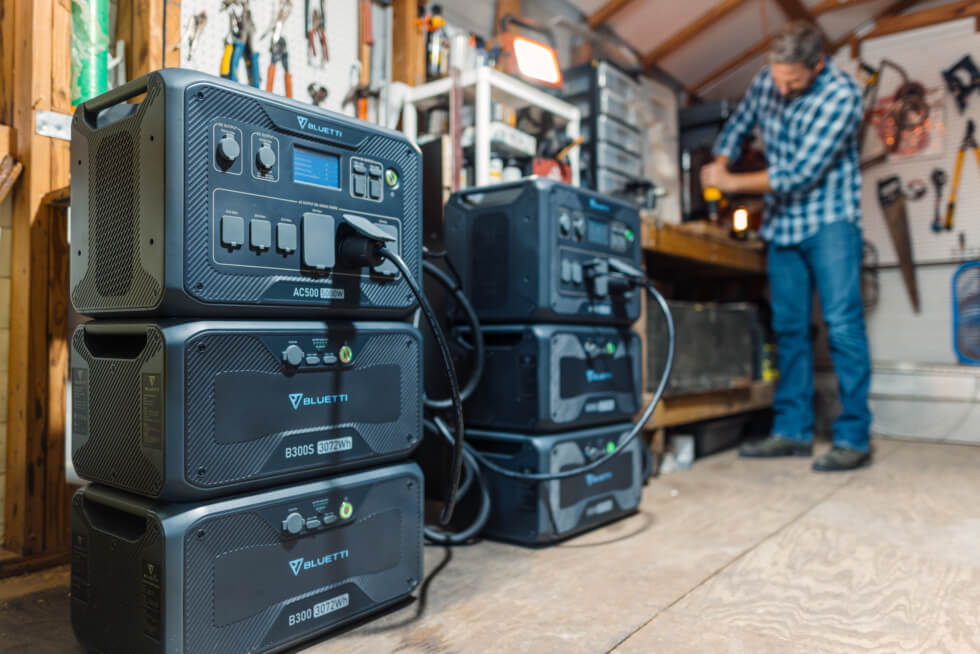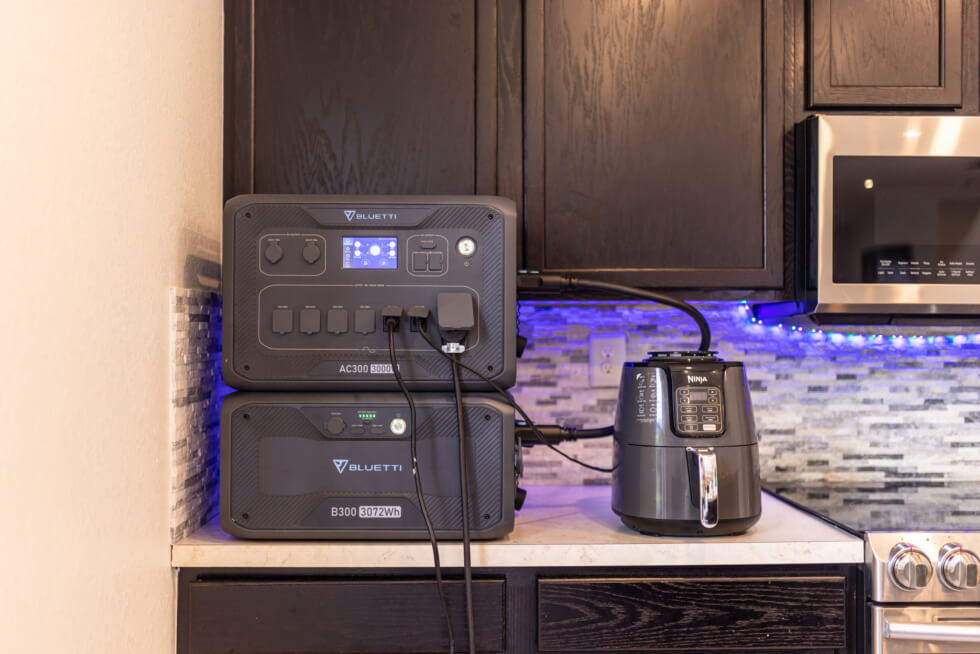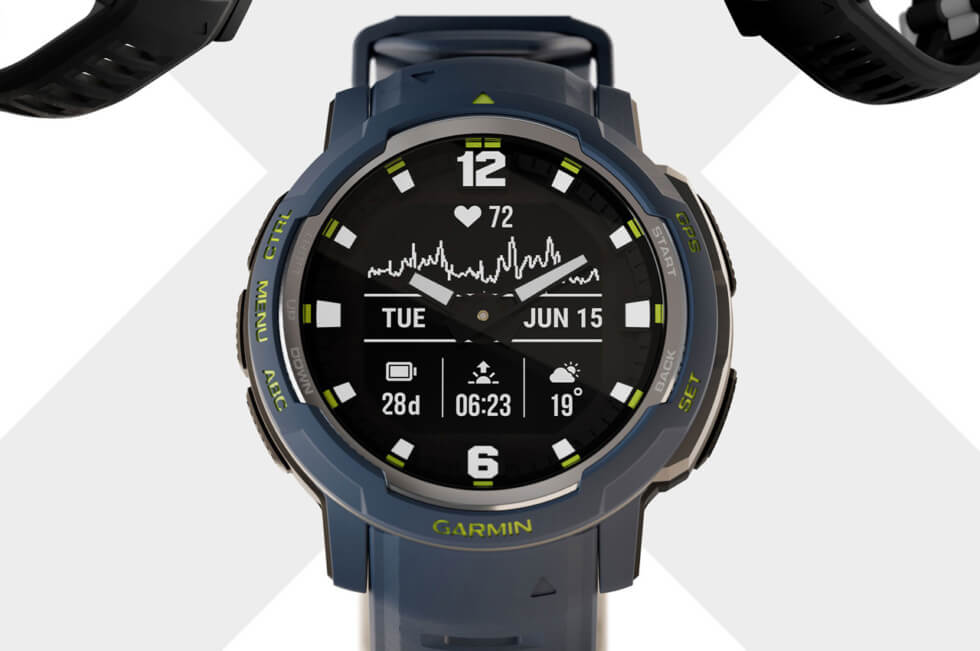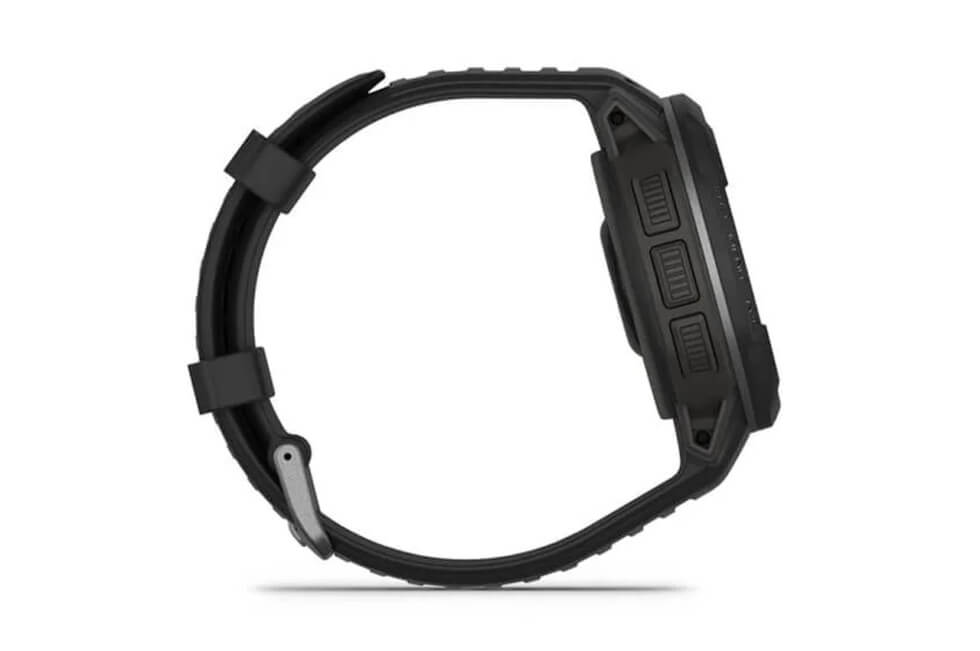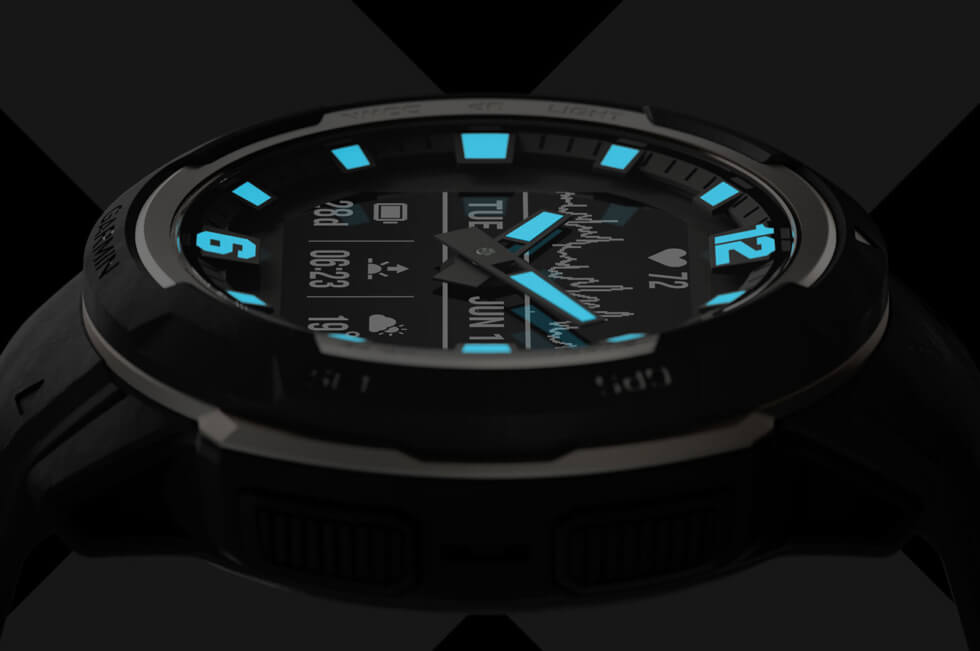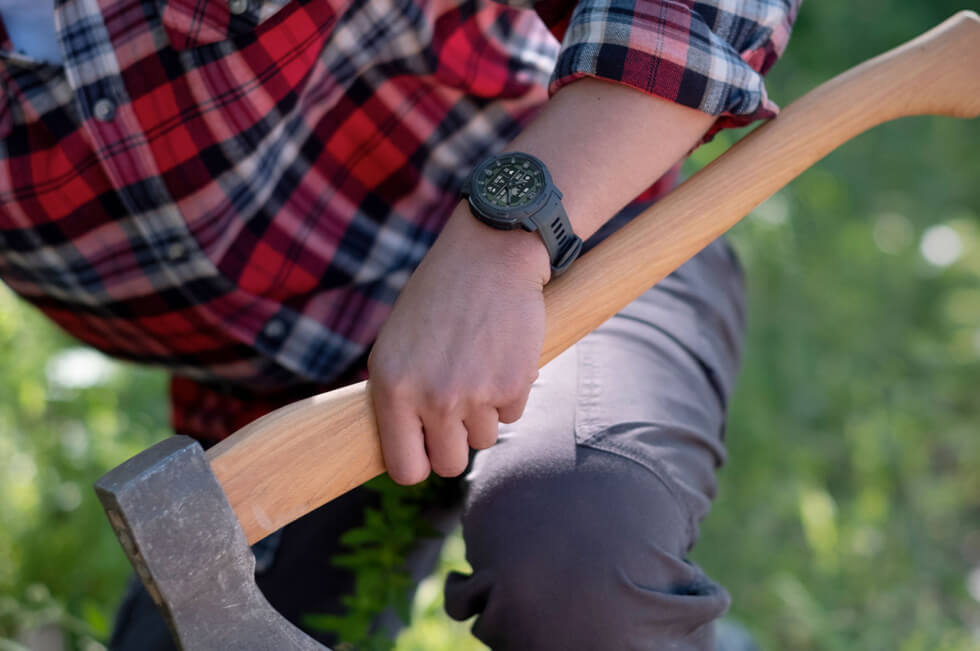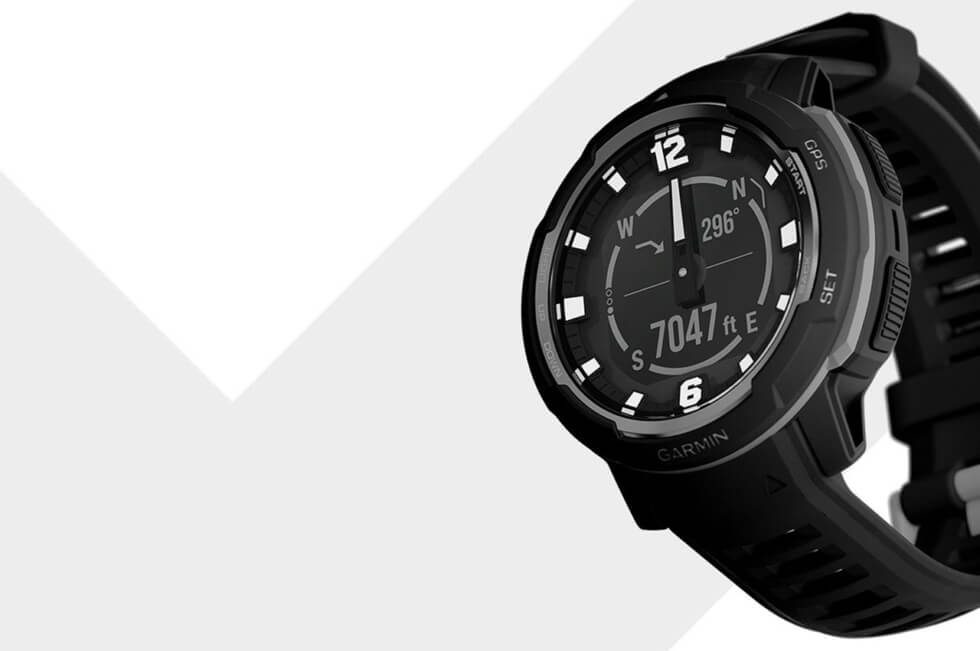Like clockwork, every other year is an S-model year for the iPhone. Apple has kept this pattern intact since the days of the iPhone 4s and it continues in 2015. Customers know that on an ’S’ year, the iPhone’s look won’t change, but the internal upgrades will be what makes or breaks their decision to pick up the newest model.
More than in previous years though, potential iPhone owners are weighing the pros and cons of this latest update. The debate between fans and reviewers about whether the 6s brings enough to table will only end when the iPhone 7 is released in 2016, but one thing is for sure: the iPhone 6s is the best iPhone Apple has ever made. Of course, since the Cupertino giant releases a new iPhone every 12 months, you expect it to be better than the previous every single time it’s announced.
Hardware Components Are Different But Design Is The Same
If you put an iPhone 6 and a 6s next to each other, odds are you probably won’t be able to tell the difference. Some big changes to what the iPhone is made out of, however, have taken place. Apple has swapped out the iPhone 6’s metal casing and replaced it with its new Series 7000 Aluminum. This has resulted in the iPhone 6s being much stronger than last year’s version. It should also prevent any “bendgate” issues that popped up with the iPhone 6 Plus. Apple has also added a tougher Ion-X glass that’s less likely to shatter. You should still put a case on your iPhone 6s, but if you were to drop it, it’s nice to know it has a stronger glass on board.
These new materials – along with the addition of the 3D Touch display – have made the iPhone 6s slightly thicker, and heavier than the iPhone 6. It’s not a big change if you haven’t used an iPhone 6 that much, but for those of us that carried it as our daily driver, the difference is noticeable immediately. It’s not necessarily a bad thing, though. The iPhone 6s feels more solid in the hand, and you’ll be used to it in no time. Thankfully, the added thickness isn’t too much that accessories are affected by the change. My iPhone 6’s cases fit my new device just fine.
The thicker dimensions are unfortunately not enough to compensate for the iSight camera bump, as that ugly protrusion is still present in the iPhone 6s. It’s one of the biggest problems I had with the iPhone 6’s look and since it’s an “S” year, I guess we’ll have to wait until the iPhone 7 comes out to see if Apple fixes it.
The rest of the design language on the iPhone 6s has stayed exactly the same as last year’s model too. The speaker grill, Lightning charging port and headphone jack are all still at the bottom of the device. The power button and volume controls are still on both sides respectively.
One of the things that has changed with the iPhone 6s is that it’s now available in a pretty sweet looking pink variant that Apple has dubbed Rose Gold. This fourth color joins Space Gray, Gold, and Silver as the options available for both the iPhone 6s and 6s Plus.
If externally the iPhone 6s has stayed pretty much the same, the opposite can be said about its internal components. Apple has finally upgraded the iPhone’s RAM to 2GB and its new A9 processor makes fantastic use of it. The phone is incredibly fast, and responds to commands even more quickly than you thought possible.
Display Is Still Beautiful and Can Be ‘3D Touch’ed
The iPhone 6s features the same beautiful display its predecessor had. Colors still look as vibrant as they did on the 6, viewing angles are still fantastic, and brightness continues to be among the best in the world. The big difference with iPhone 6s’ display is that it’s now pressure sensitive thank to a new feature called 3D Touch.
https://youtube.com/watch?v=cSTEB8cdQwo
For the last five years, Apple has been working hard at making 3D Touch a reality, and with the iPhone 6s it has finally come to life. This innovation combines a great use of hardware with a practical and easy gesture on the software end. To put it simply: 3D Touch is basically another layer of options or abilities that you can access on iOS by simply pressing a little harder on the screen in certain instances. The iPhone 6s comes equipped with a “taptic engine” underneath the display that measures the force with which it’s being pressed and triggers different actions based on what it senses.
Two of these abilities are called “peek” and “pop” and they show up in a few useful places to make your life a little easier. For example in Messages, you can press firmly on a conversation thread and you’ll be able to “peak” into it without actually opening it. Pressing a little harder will “pop” the conversation open and get you ready to write back. In Safari, 3D Touch allows you to click on links and “peak” at their content without having to leave your current page, or open another tab. If you do want to open a new tab, you simply press a little bit harder and it’ll, again, “pop” the new page open.
3D Touch is awesome, and it’s one of the greatest additions to iOS that we’ve seen in the last few years. It’s not without its problems though. One of the biggest issues I had with 3D Touch is not knowing when and where I could and couldn’t use it. In fact, since it’s a firmer, harder press that’s required, unless you already know about 3D Touch, there’s a good chance you could use an iPhone 6s and never even stumble upon it. There are no visual indicators on the homescreen icons or anywhere else that show 3D Touch is supported. I suppose it could be worse though. 3D Touch support could be intrusive and get in the way of how I already use my iPhone, but I still wish Apple showed in iOS’ UI that you could do more by pressing harder on the screen. 3D Touch feels like it’s hidden in iOS, and that’s not how a new innovative feature should be.
Third-party app support for 3D Touch is also pretty limited right now. So far, Instagram and Twitter are the only big social networks to incorporate 3D Touch to their app icons. This feature launches different shortcuts that definitely save time when you use them. Hopefully we see more extensive support for 3D Touch in the near future on apps beyond Apple’s native ones.
Camera Is Improved And Can Take Live Photos
The other big improvement on the iPhone 6s has to do with its camera technology. Apple has upgraded its iSight lens and brought in a new 12-megapixel sensor to its rear camera. The camera has a five-element lens, an ƒ/2.2 aperture, a sapphire lens cover and a true tone dual-LED flash. Like in previous years, Apple has put the focus on its camera for its new devices, and it definitely shows.
In 2015, Samsung came out swinging and surpassed the iPhone 6 in overall camera performance with its flagship devices. With the iPhone 6s, the tide may again be favoring Apple, but of course, that’ll depend on what type of photographer you are.
In my testing, the iPhone 6s performed just as well as the iPhone 6 in bright/good lighting conditions. Where it really excelled, though, was in low-light situations where it completely blew away last year’s model. This was specially true when other light sources were present. The iPhone 6s killed pretty much all the noise the iPhone 6 was unable to get rid of.
Check out some comparison shots below.
Apple has also upgraded the iPhone’s FaceTime camera to 5-megapixels and added a new flash feature that will make your selfies look even better.
Both the front and back cameras on the iPhone 6s are capable of taking Live Photos. This new feature basically takes little snippets of video before and after a photo is shot. You can then use 3D Touch on them to playback the full animation. You can set a Live Photo as your wallpaper and use 3D Touch to make it come alive. Unfortunately, that’s as far as Live Photos goes. Hopefully the likes of Instagram, Facebook and Twitter decide to support Live Photos so we can share them across our networks and make better use of them.
The iPhone 6s can also take 4K video natively. The video recorder now has the option to take these ultra hi-res videos and they look absolutely gorgeous on a compatible display. Since the iPhone 6s’ display resolution is still in the 720p range, however, you won’t really be able to enjoy them directly on your device.
Also, the fact that Apple still offers 16GB variants as its base model – which is ridiculous, by the way – makes taking 4K video sound like a bad idea. You’ll be running out of space in no time if you chose to do that, so we recommend sticking to good ol’ 1080p instead.
Super Quick TouchID
One of the more surprising improvements on the iPhone 6s has to do with TouchID. The improved fingerprint sensor is almost too fast. It’s so quick, in fact, that I had to switch to using the power button when I wanted to just take a look at my lock screen for notifications, as a simple press on the home button to wake the screen unlocks it. You no longer have to turn on the screen to then have TouchID recognize your print. It’s been incredibly impressive and, at times, super annoying when you forget, and all you wanted to do was check the time or what message just came in.
Battery Life Still Isn’t What It Should Be
One of the bigger disappoints with the iPhone 6s is with its battery power. You would think that since they had to make the new iPhone a little thicker, they would have at least figured out a way to give us slightly better battery life. Unfortunately, that’s just not the case. While I got pretty much the same battery life out of iPhone 6s as I did from my iPhone 6, the power source on the newer phone is actually smaller which really makes us shake our collective heads in disappointment.
To be fair, Apple has improved how iOS uses power, so it compensates for a smaller battery to give iPhone 6s users the same standby and usage time as last year’s model. In my testing, I could get about 8 hours of battery life from the iPhone 6s. That’s not nearly enough to get through my day. Apple did add a new Low Power mode that can be turned on to keep you going longer. It works as advertised but doesn’t nearly make the impact I need to at the end of the day. If Apple isn’t going to be making its batteries bigger, the least they could do is make charging quicker at least. We’ll have to wait until the iPhone 7 is released to see if they finally address its customers’ biggest complaint.
Wrap Up
The iPhone 6s is a fantastic device. If you’re looking to pick up an iPhone, you will definitely be happy with its performance, its new features, and its gorgeous design. If you have an iPhone 6 and are struggling with the decision to upgrade, you may want to skip this variant and hold out for the iPhone 7 instead. Don’t get me wrong, the iPhone 6s is a fantastic device on its own, but so was the iPhone 6. The improved camera is great, but it’s not enough on its own to be worthy of the upgrade. Apple’s new 3D Touch is going to be revolutionary… in about a year when most app developers learn to use it more efficiently, and when Apple figures out a way to remind users that advanced gesture exists. Battery hasn’t improved at all, and while the heavier feel makes holding the 6s a more pleasant experience, it’s still not enough to justify the upgrade.
In the end, Apple will sell so many of these new iPhones over the next year even though not that much has changed that they might as well start calling it the iPhone Success.

